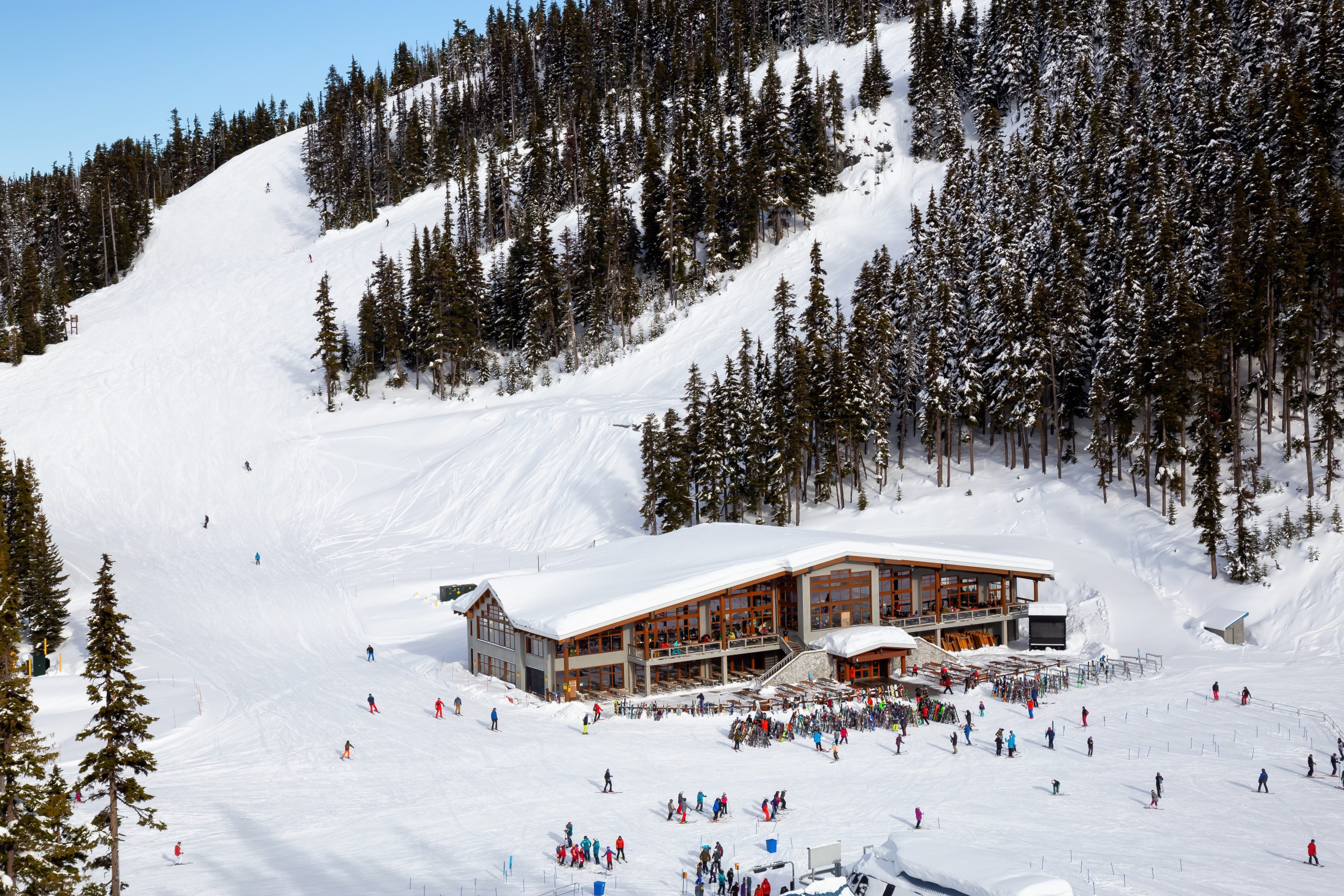Ski Resorts: Where Adventure Meets Luxury

Ski resorts are the epitome of winter wonderlands, offering travelers a mix of adventure, relaxation, and scenic beauty. Whether nestled in the Alps, the Rockies, or Japan’s snowy landscapes, these resorts cater to winter sports enthusiasts and those seeking a serene escape. This blog explores the allure of ski resorts, their unique offerings, challenges, and the future trends shaping this dynamic segment of the hospitality industry.
Ski resorts have long been the go-to destinations for winter enthusiasts. What makes them so captivating?
Why Guests Choose Ski Resorts
Adventure Sports: From skiing and snowboarding to snowshoeing and sledding, ski resorts offer a plethora of activities for thrill-seekers.
Stunning Landscapes: Snow-covered peaks and pristine mountain views create a picturesque backdrop for relaxation and exploration.
Luxury Amenities: High-end ski resorts combine adventure with indulgence, offering heated pools, gourmet dining, and spa services.
Seasonal Charm: Ski resorts capture the festive magic of winter, making them ideal for holiday vacations.
Ski resorts are designed to offer a well-rounded experience, combining adventure with comfort. Here are their defining features:
1. World-Class Skiing Facilities
Ski slopes catering to all skill levels, complete with lifts, trails, and professional instructors.
2. Après-Ski Culture
Social activities, live music, and cozy gatherings around fire pits add charm to evenings at the resort.
3. Luxury Accommodations
Warm, elegant lodges and chalets with amenities like fireplaces, hot tubs, and mountain views.
4. Wellness and Relaxation
Spas, heated pools, and yoga sessions help guests unwind after a day on the slopes.
5. Child-Friendly Features
Family-oriented resorts offer daycare services, ski schools, and safe play areas for children.
Operating in a highly seasonal and competitive environment, ski resorts encounter several challenges:
1. Climate Change
Unpredictable snowfall patterns and shorter ski seasons impact operations and revenue.
2. Seasonal Dependency
Ski resorts rely heavily on winter tourism, making it crucial to diversify offerings during the off-season.
3. High Maintenance Costs
Maintaining ski slopes, lifts, and snow-making equipment requires significant investment.
4. Accessibility
Remote locations can make ski resorts less accessible to a broader audience.
5. Sustainability Concerns
Managing environmental impact while preserving natural landscapes is a growing priority.
Technology is transforming ski resorts, enhancing guest experiences and improving operational efficiency:
1. Ski Pass and Booking Apps
Mobile apps allow guests to purchase passes, book lessons, and check lift schedules with ease.
2. Smart Snow-Making Systems
IoT-powered snow cannons ensure optimal snow coverage, even during poor weather conditions.
3. GPS-Enabled Trail Maps
Interactive maps with real-time updates enhance safety and convenience for skiers.
4. AI-Powered Personalization
AI tools provide tailored recommendations for activities, dining, and accommodations based on guest preferences.
5. Virtual Reality Previews
VR tours of ski trails and resort facilities help guests plan their trips in advance.
Ski resorts are taking significant steps to reduce their environmental footprint and protect fragile mountain ecosystems:
Renewable Energy: Many resorts are investing in solar and wind energy to power their facilities.
Eco-Friendly Snowmaking: Efficient snow-making systems minimize water and energy use.
Carbon Offset Programs: Resorts are offsetting emissions by supporting reforestation and conservation projects.
Waste Reduction: Recycling programs and efforts to eliminate single-use plastics are becoming standard.
Sustainable Construction: Using eco-friendly materials for new developments and renovations.
For example, Aspen Snowmass in Colorado has implemented a comprehensive sustainability plan, including renewable energy initiatives and environmental education programs.
Ski resorts are evolving to meet the changing demands of modern travelers. Emerging trends include:
1. Year-Round Activities
Offering hiking, mountain biking, and cultural events to attract visitors during off-seasons.
2. Tech-Enhanced Experiences
Augmented reality (AR) for ski lessons and smart tracking devices for safety are gaining traction.
3. Luxury and Wellness Integration
Combining skiing with wellness retreats and culinary experiences to appeal to a broader audience.
4. Eco-Tourism Initiatives
Promoting environmentally friendly tourism through sustainable practices and partnerships with conservation organizations.
5. Digital Nomad Packages
Creating flexible, work-friendly accommodations for guests combining work and leisure.
Platforms like AiDOOS offer ski resorts tailored solutions to navigate challenges and embrace opportunities:
Technology Integration: Implement advanced tools for guest management, snow monitoring, and personalized services.
Sustainability Projects: Support eco-friendly initiatives like renewable energy adoption and waste reduction programs.
Operational Optimization: Streamline processes such as bookings, staffing, and equipment management.
Guest Experience Enhancement: Use AI and data analytics to provide tailored experiences for diverse traveler profiles.
Seasonal Strategy Development: Plan and execute off-season activities to generate year-round revenue.
Ski resorts are more than just destinations for winter sports—they are gateways to adventure, luxury, and natural beauty. By embracing technology, sustainability, and diversification, ski resorts can thrive in an ever-changing landscape, ensuring their appeal for generations to come. With platforms like AiDOOS, these resorts can unlock new opportunities and redefine the future of alpine hospitality.

For modern telecom enterprises, delivering exceptional QoS is no longer optional—it’s a brand differentiator and a strategic lever for growth. Static provisioning models won’t cut it in a world of hyper-dynamic data usage.